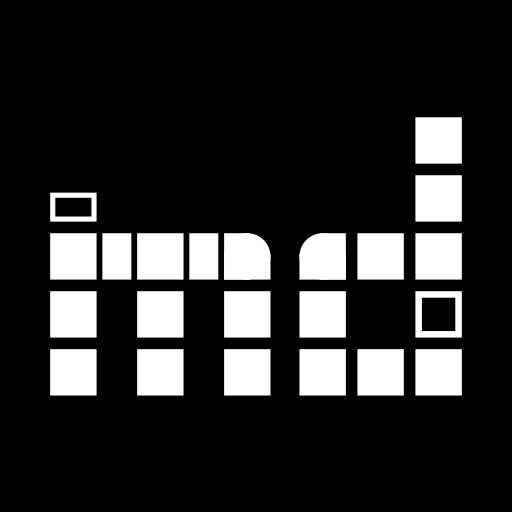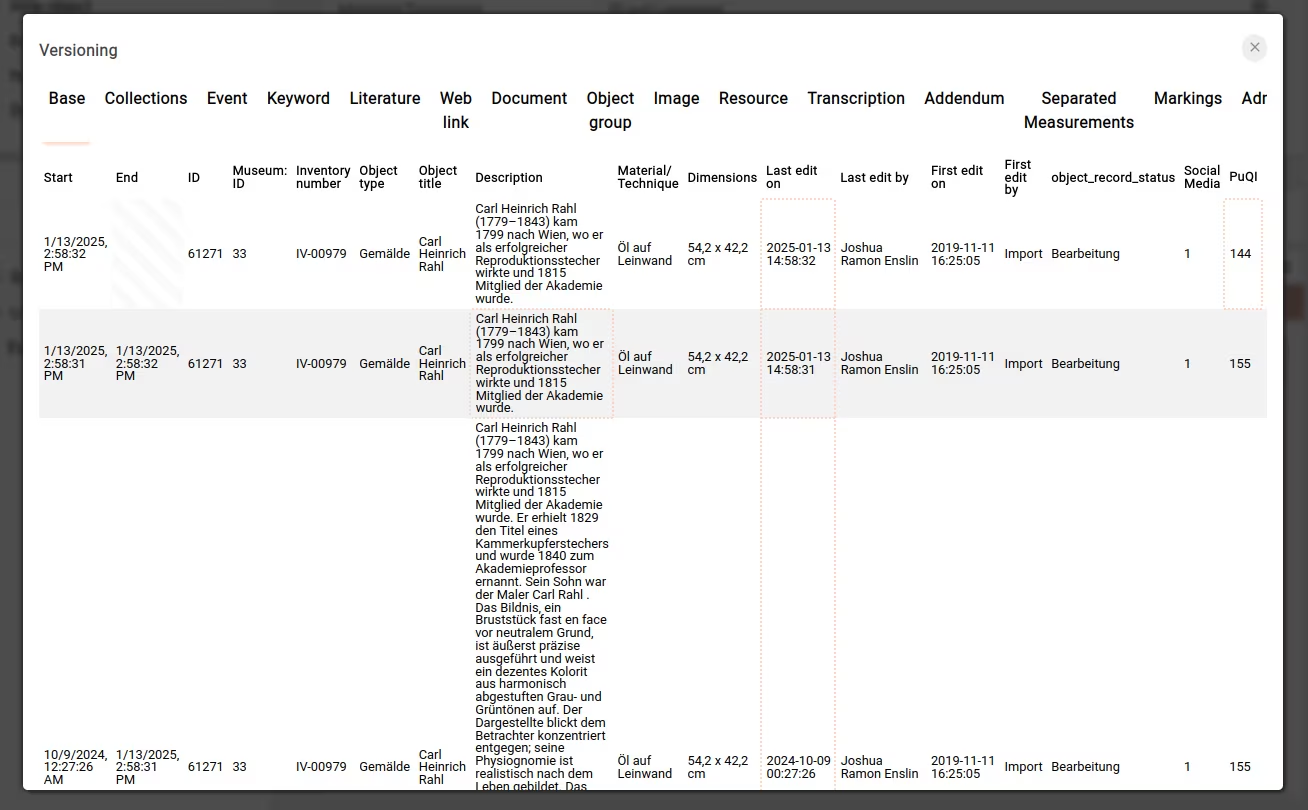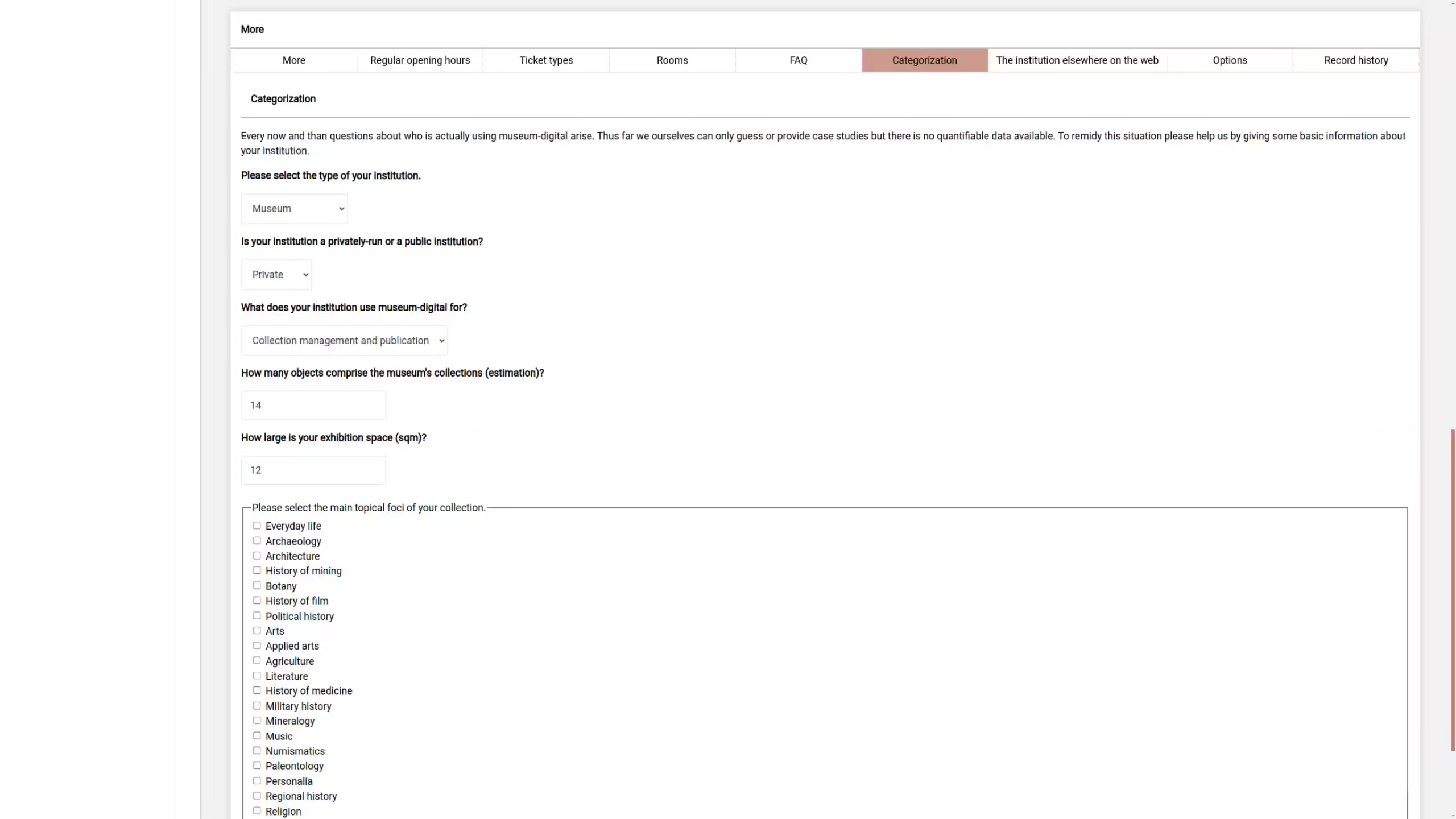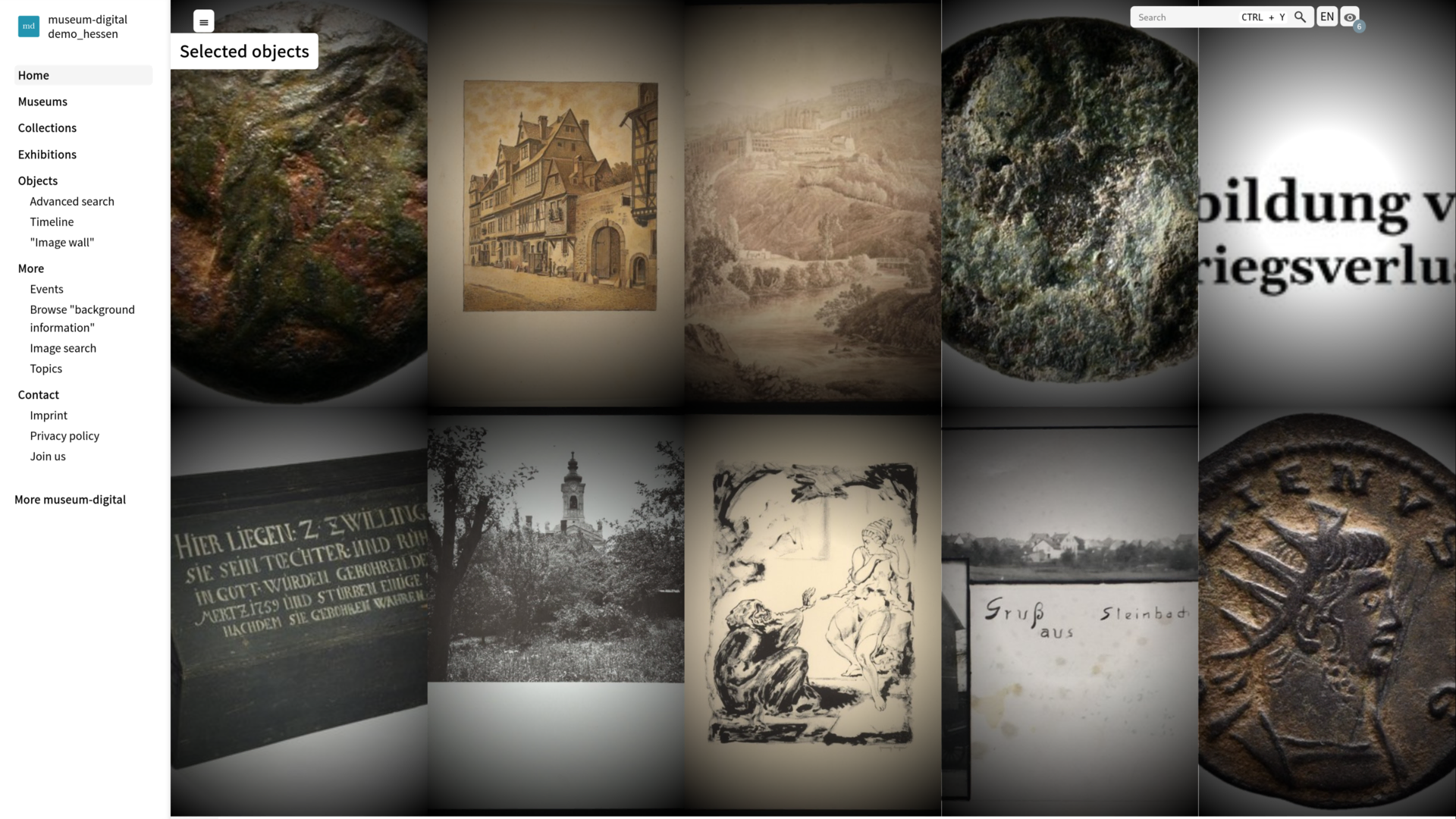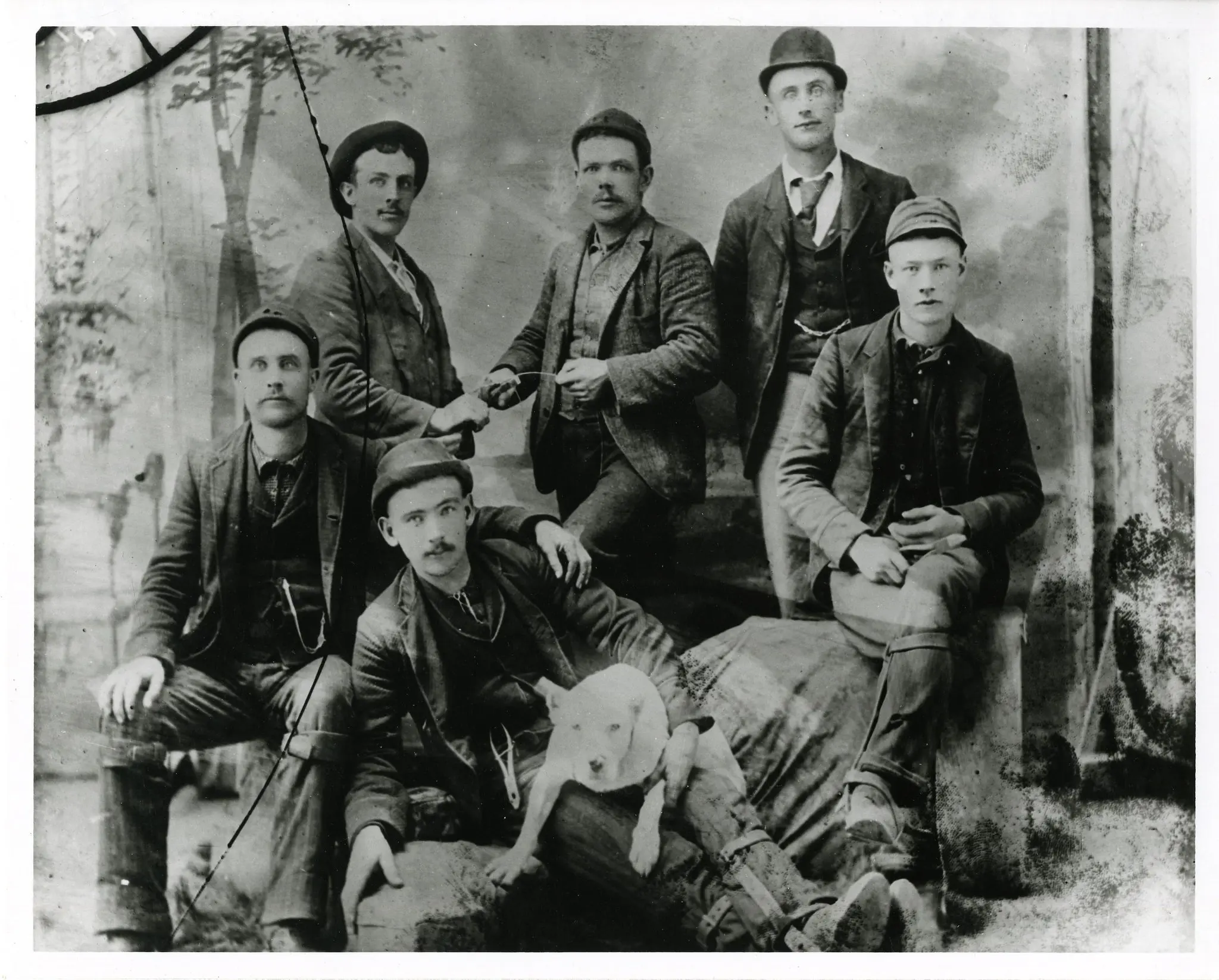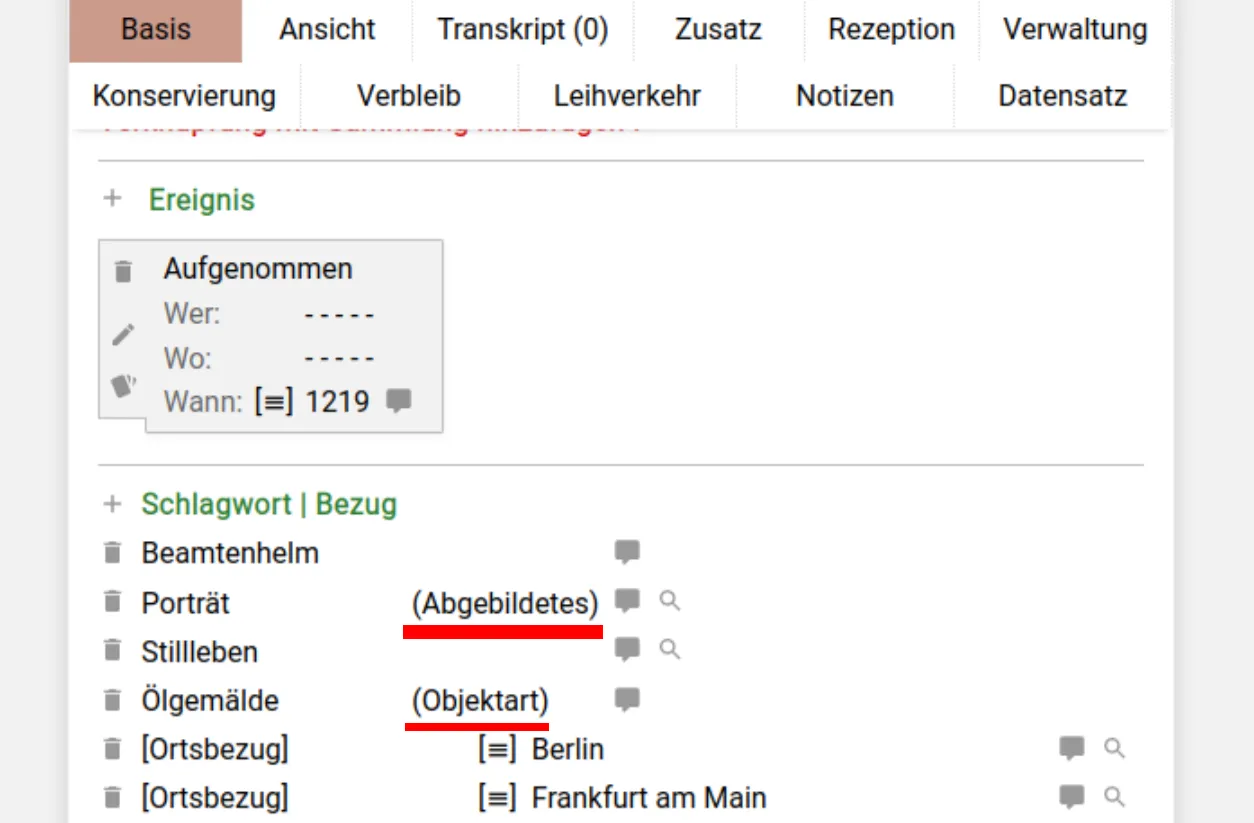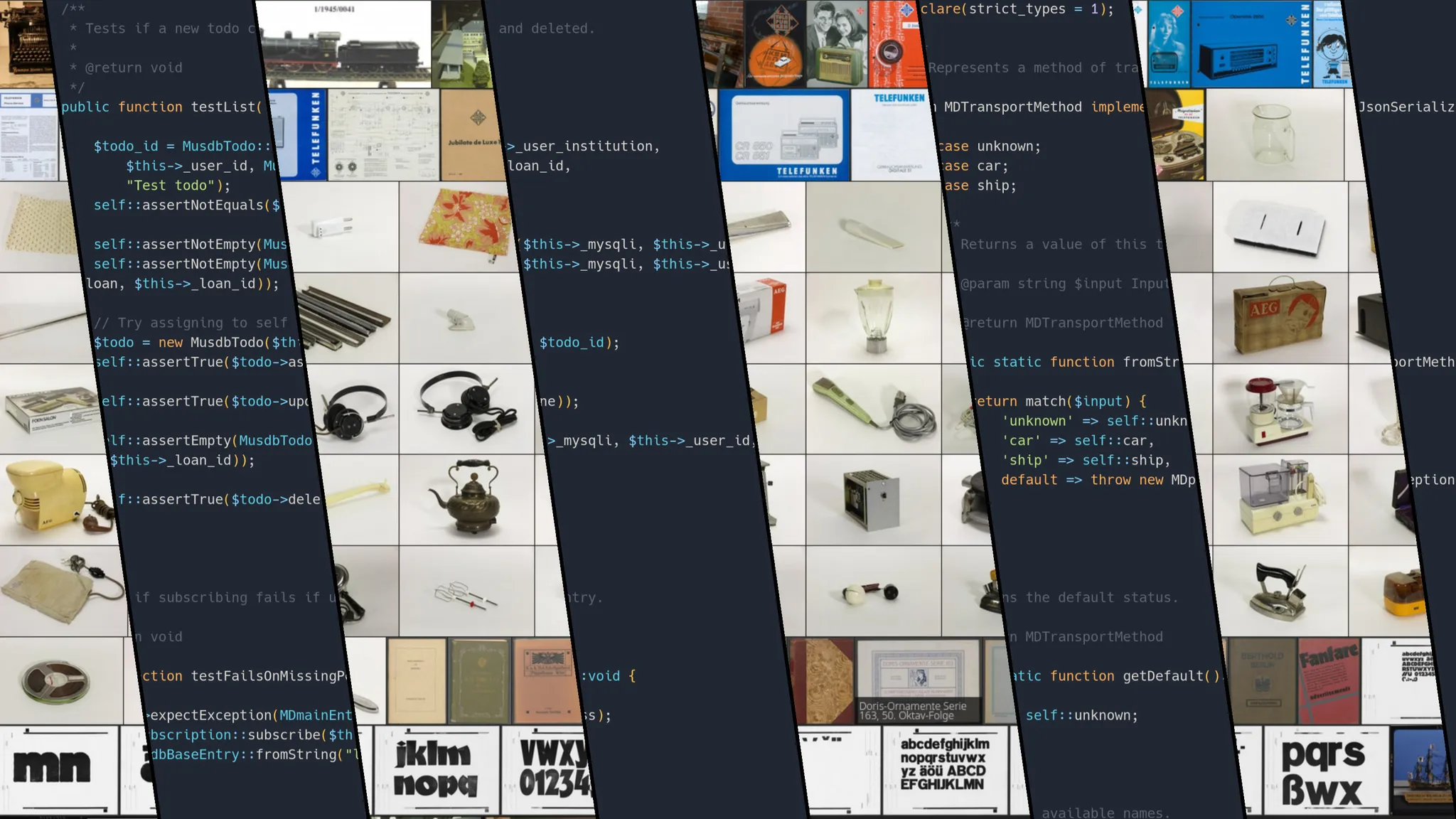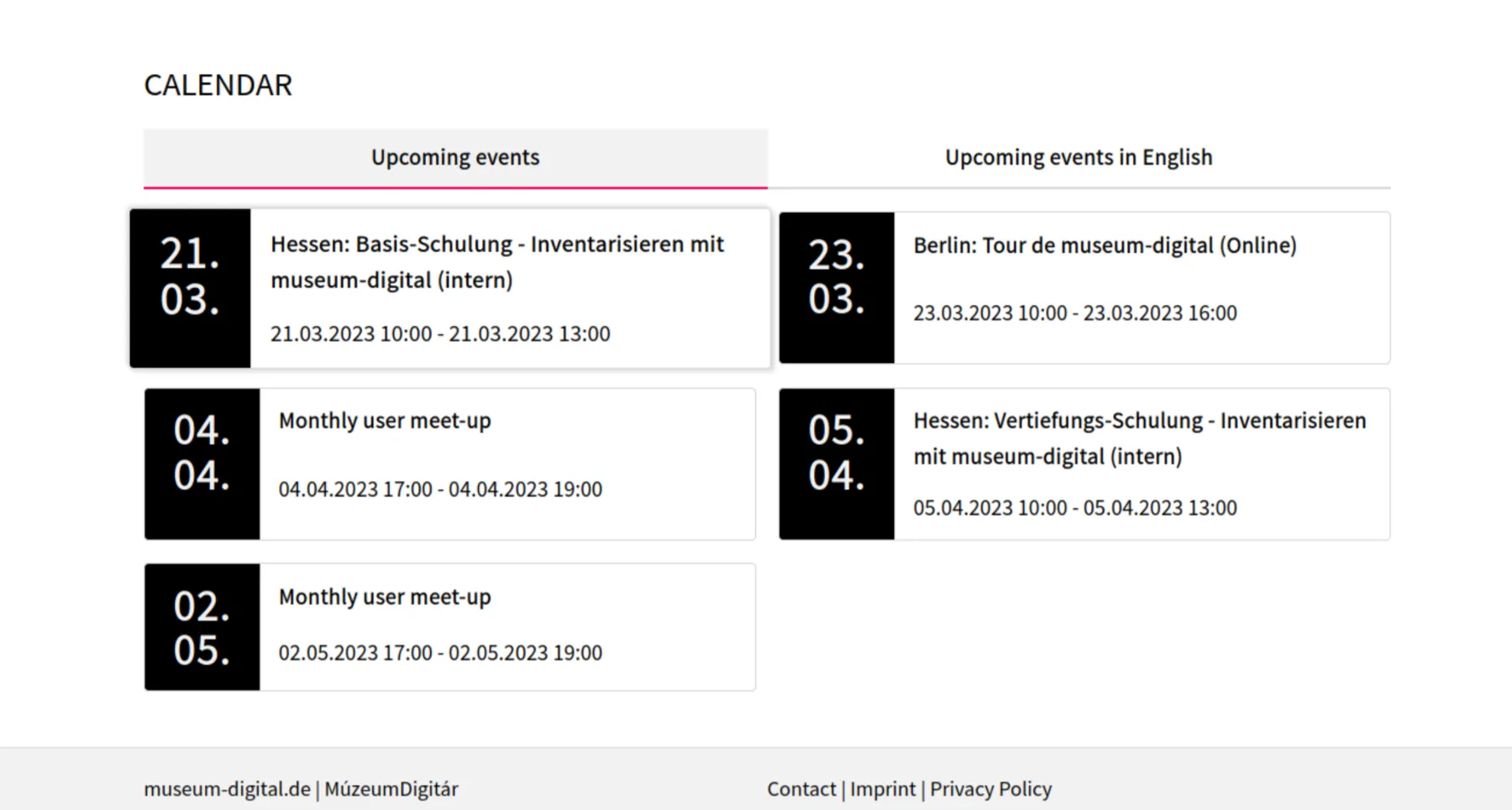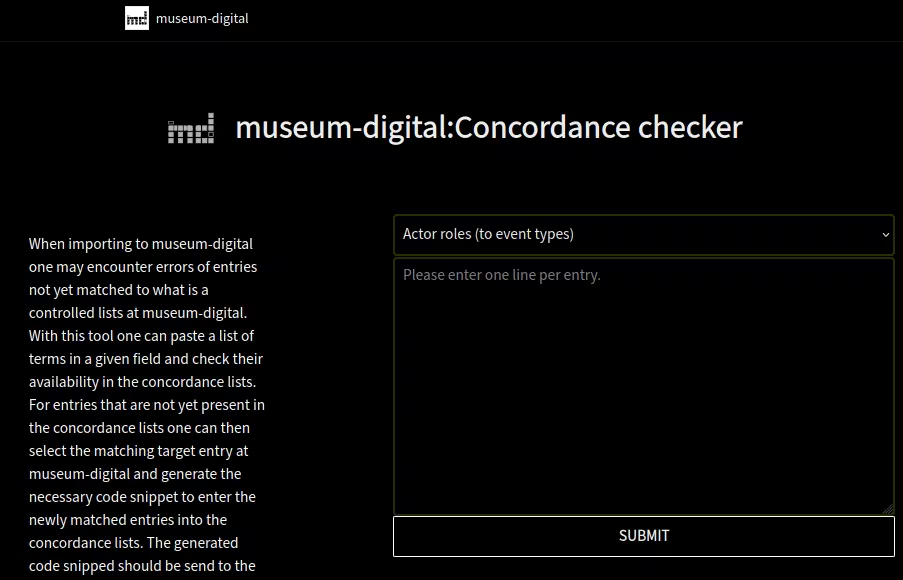
A Concordance Checker for Preparing Imports to museum-digital
When one runs an import to museum-digital – specifically one focused on internal collection management data – there is a chance to encounter errors of unmatched entries. The import tool identified that one tried to import a yet unknown value to what is a controlled field in musdb. Common issues appear especially with actor roles …
